Innovative technology to help farmers in Hungary combat effects of climate change
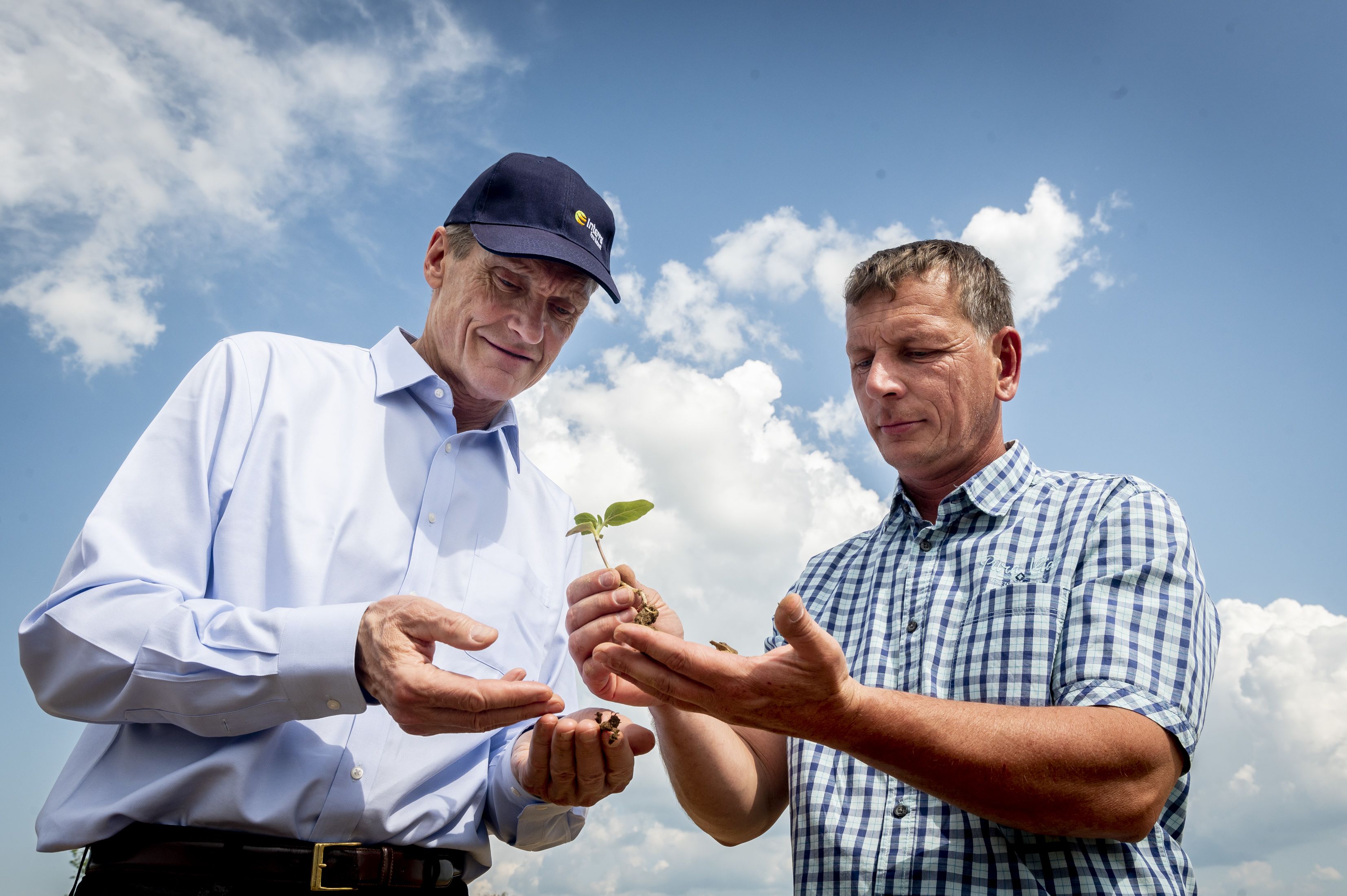
Agriculture contributes around 4% of Hungary’s GDP. Many farmers rely on their harvests to make a sustainable living. But it is becoming harder to do so.
Hungarian farmers are still recovering from the extreme drought of 2022, when the nation experienced its driest seven months since 1901. Coming after a year that was already drier than average, this resulted in significantly lower harvests of field crops. Fodder prices spiked, and some farmers were forced to sell their livestock.
Climate change has made summers significantly hotter and heat waves more frequent and more intensive, according to the Hungarian Meteorological Service. As in other parts of the world, these conditions have had an adverse impact on agriculture in Hungary. The Homokhátság (Sand Ridge) region, located between the rivers Danube and Tisza, is a key agricultural area, where farmers grow corn, grain and sunflowers. It usually receives 550-600 millimeters of rain annually. It received just half of that last year, with the drought impacting as much as 55,000 hectares of land.
Technological innovation to make soil resilient
Fueled by technological innovations, regenerative agriculture allows farmers to maintain soil productivity while protecting and preserving their soil. Syngenta Group CEO Erik Fyrwald recently visited the Plótár Farm in Hungary, which pilots regenerative farming practices in a holistic approach for production of healthy food. Fyrwald also met with the local leadership team, along with farmers and channel partners.
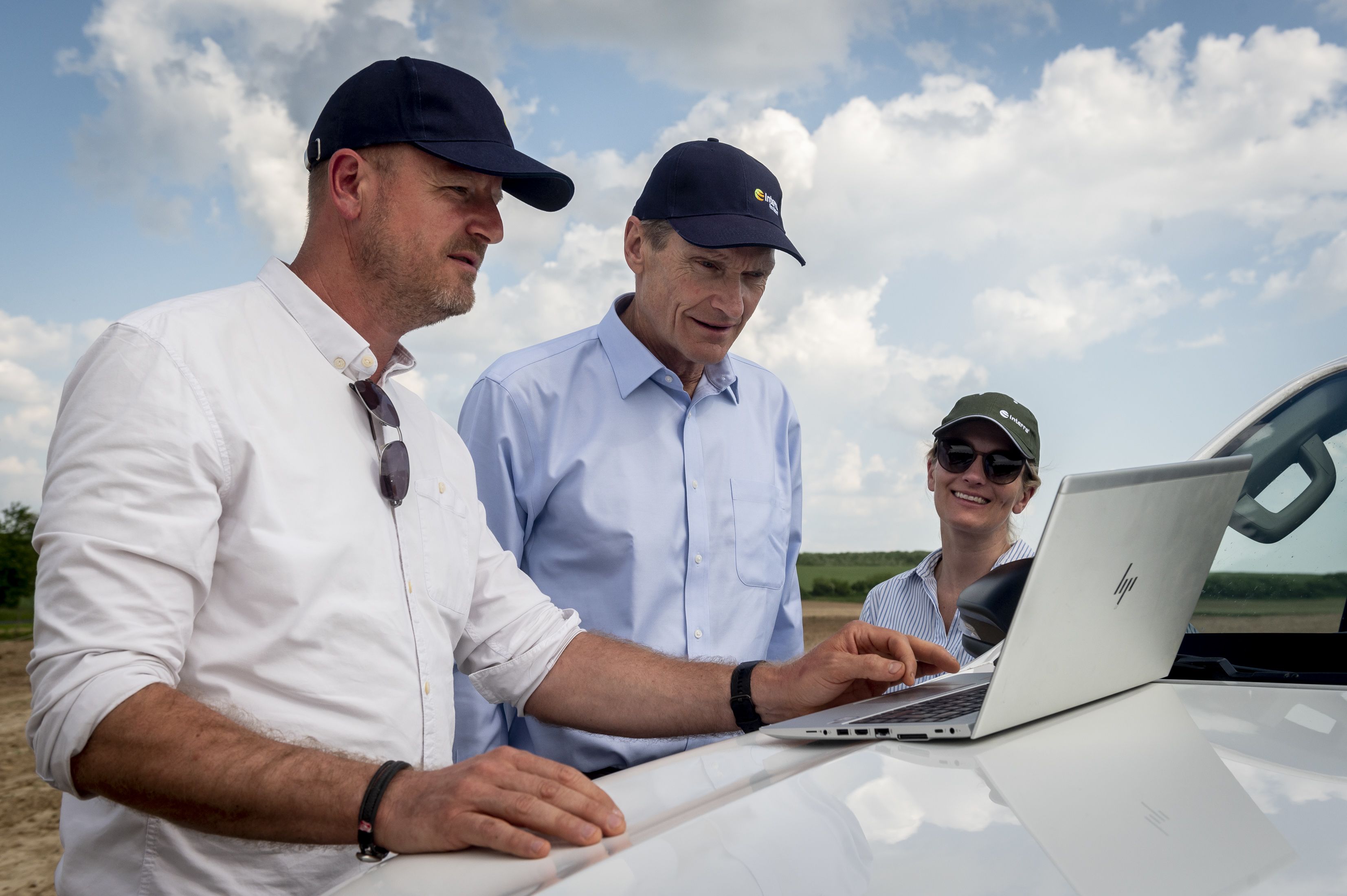
Plótár Farm is one of 11 Interra® network farms across Europe, Africa and the Middle East (EAME), where Syngenta demonstrates best land and farm management practices to increase productivity, while ensuring enhanced biodiversity, soil protection and saving water and inputs. Farmers can get a first-hand view of using crop protection products safely for themselves and their environment. The Plótár Farm also focuses on soil conservation and biodiversity enhancement research and demonstration programs. It is visited by nearly 500 stakeholders every year, including growers, students, officials, advisors and Syngenta employees.
“Syngenta has been working with this farm for over 20 years to promote and demonstrate sustainable and responsible agricultural practices that can bring a benefit to growers and the environment. I was very impressed with our team, and their passion, knowledge, energy, and reality-based recognition of farmers’ challenges because of lower commodity prices, lack of technology to deal with pests and the need to move towards more regenerative agriculture,” Fyrwald says.
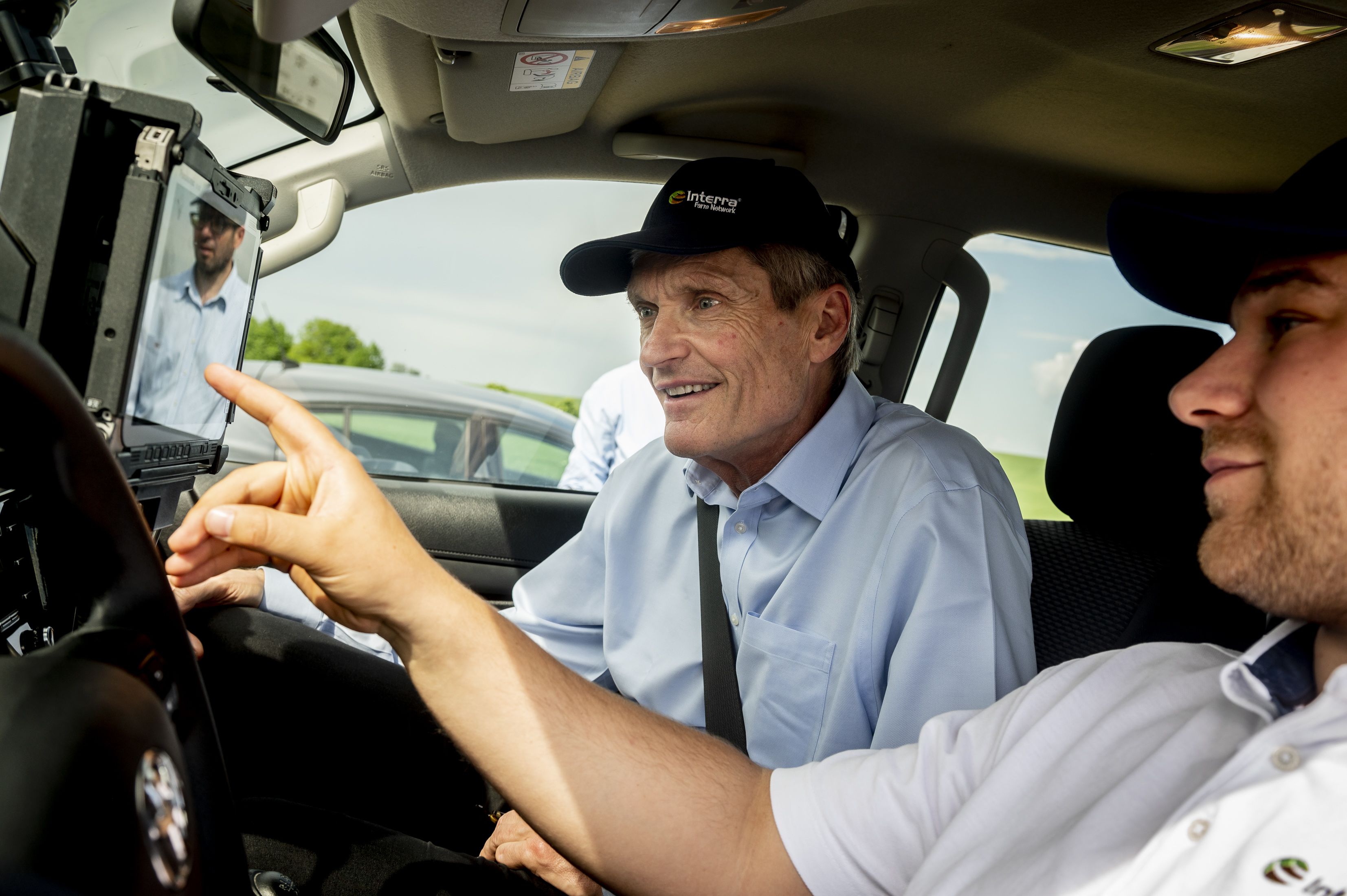
Soil and crops that grow on it are a crucial carbon sink for the world, and an important element to help protect biodiversity. Regenerative agriculture uses innovations such as no-till farming by using seed drills that can go deep in the soil, and planting cover crops that keep the soil anchored all year-round, stimulating soil health by diverting water and carbon into the ground. These methods allow farmers to make their soil more resilient in the face of extreme weather events and maintain productivity.
Fyrwald saw a live example at Plótár Farm, where a farmer showed a field that used low till and cover crops and had zero erosion despite heavy rains this spring. Here, water was also captured in the soil, while the adjacent field, under normal cultivation, was heavily eroded and lost a lot of the valuable rainwater that ran down the slopes. “Farmers really appreciated our discussion about regenerative agriculture and the importance of adopting it, both for food security and for climate change. And the need for technology to enable regenerative agriculture to be practiced at scale in a way that improves soil health, reduces greenhouse gas emissions and improves productivity,” Fyrwald says.
Empowering farmers with technology
In 2023, Syngenta Hungary started a program to support farmers in their transition from traditional to regenerative agriculture. Syngenta’s agronomical and crop expertise, combined with digital offerings such as Interra® Scan and the Cropwise Partner digital platform gives farmers access to granular soil scanning, seed selection and variable rate planting, pest prediction and precise application of inputs.
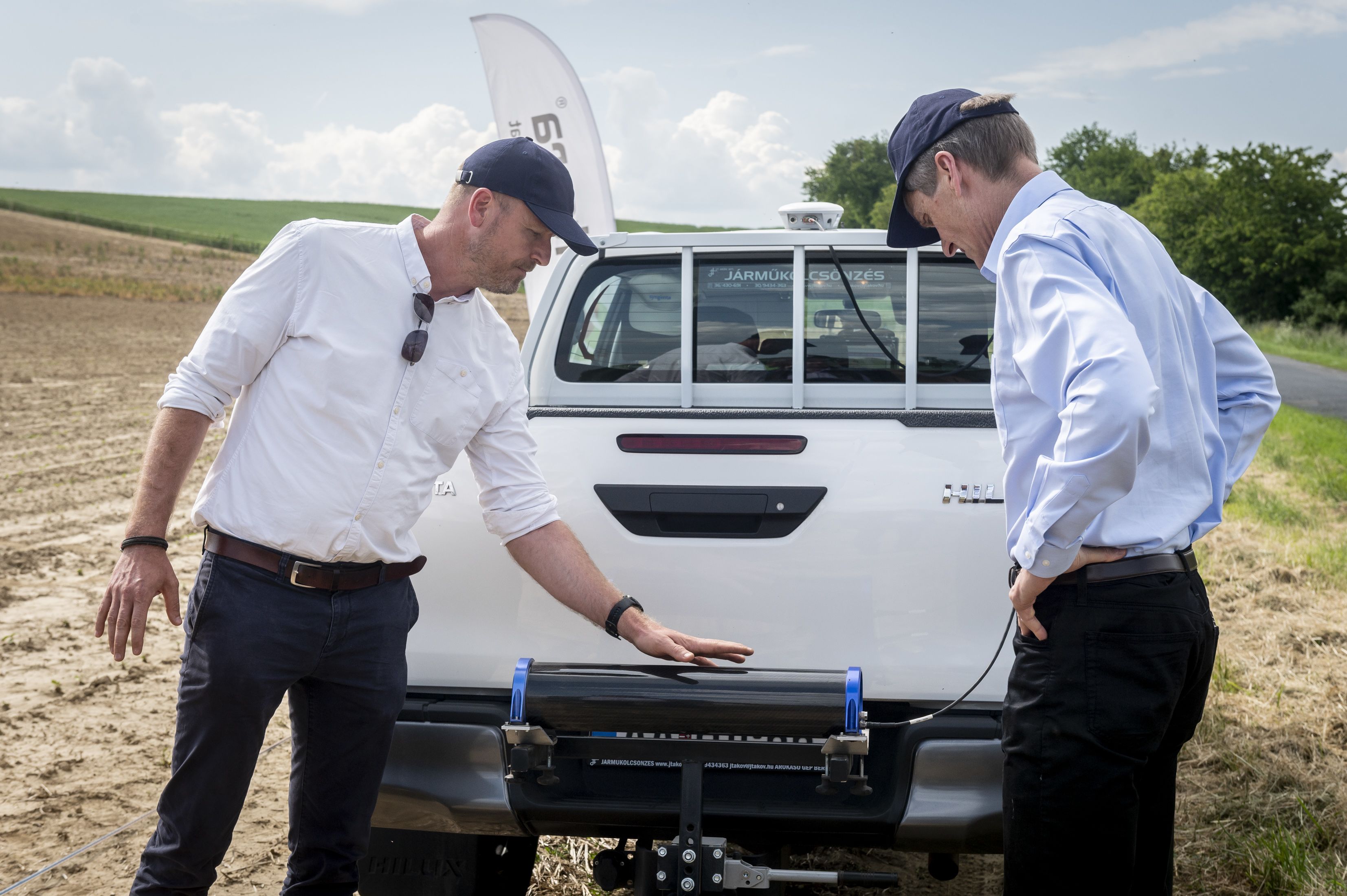
The Interra® Scan uses gamma ray detection technology to produce high resolution soil mapping layers with over 800 data reference points taken per hectare. Looking at the soil maps on a digital device, farmers can monitor soil texture and nutrient and carbon levels, to help them decide where to apply more fertilizer, and precisely measure how much to apply. Syngenta has partnered with HL Hutchinson to supply farmers across EAME with this soil health service.
Through precision soil monitoring and analysis, Cropwise Protector can predict plant diseases in the field, enabling optimized application of crop protection products. Through this tool, growers have access to the most important agronomic indicators, all in a convenient app on their mobile phone.
In 2023, Syngenta Hungary launched a pioneering solution for digital plant protection, capable of coordinating complex plant protection activities of larger firms. Syngenta also provides a range of seeds technologies and conventional and biological crop protection products to support an integrated pest management approach to safeguard farmers’ crops.
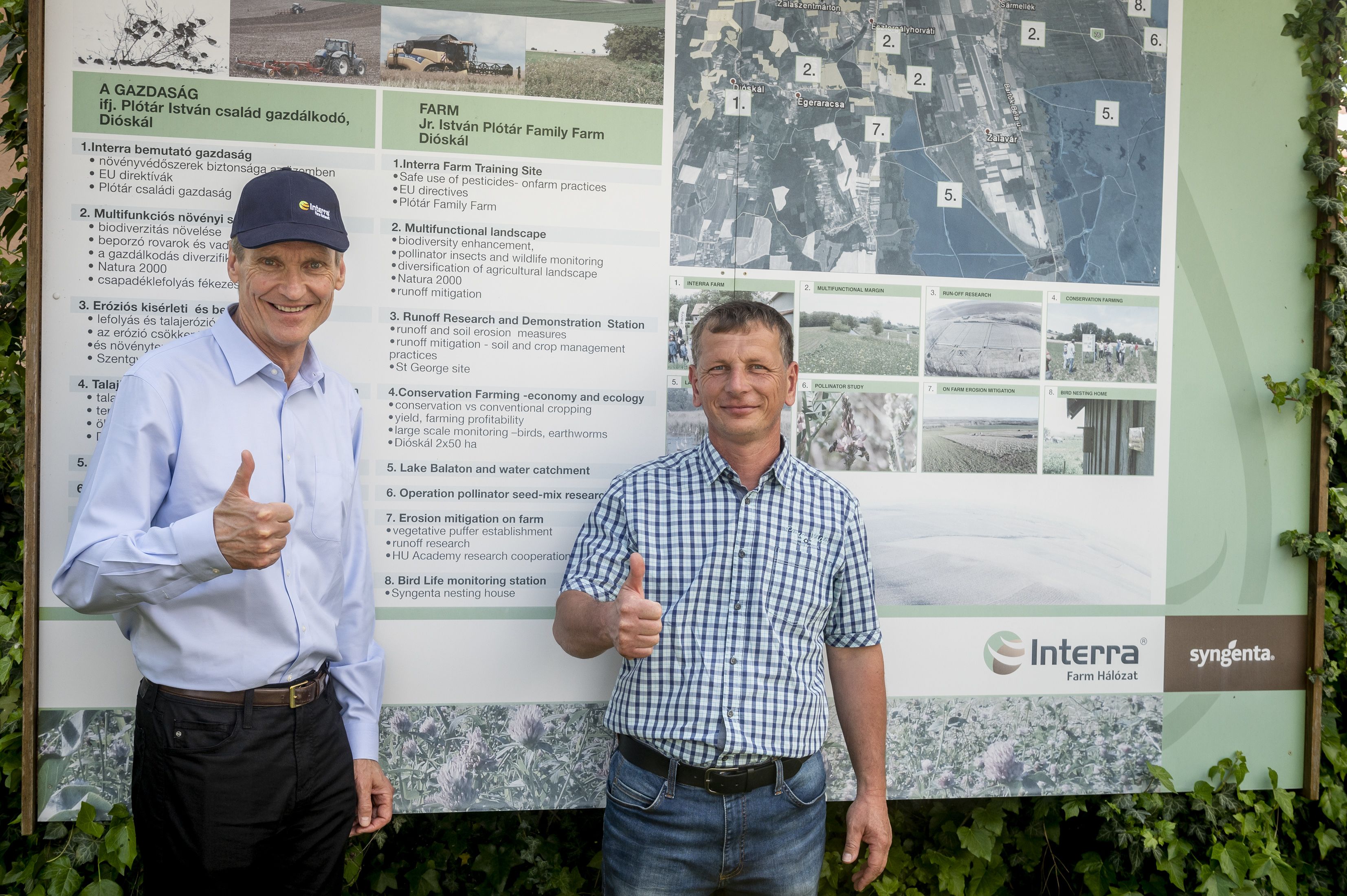
“Interra® Scan and Cropwise together are part of a system, using which Syngenta can advise farmers on their total farming and agronomic practices and the products they should use. Our connection with farmers is really strong and we are bringing value to them with enhanced cooperation between our seeds and crop protection technologies,” Fyrwald says.
Regenerative agriculture is also a journey in which Syngenta and farmers are walking together, constantly working on innovations and programs that meet the future needs of growers. In the face of climate change, regenerative agriculture will enable the global farming community to feed the world while restoring the earth.

